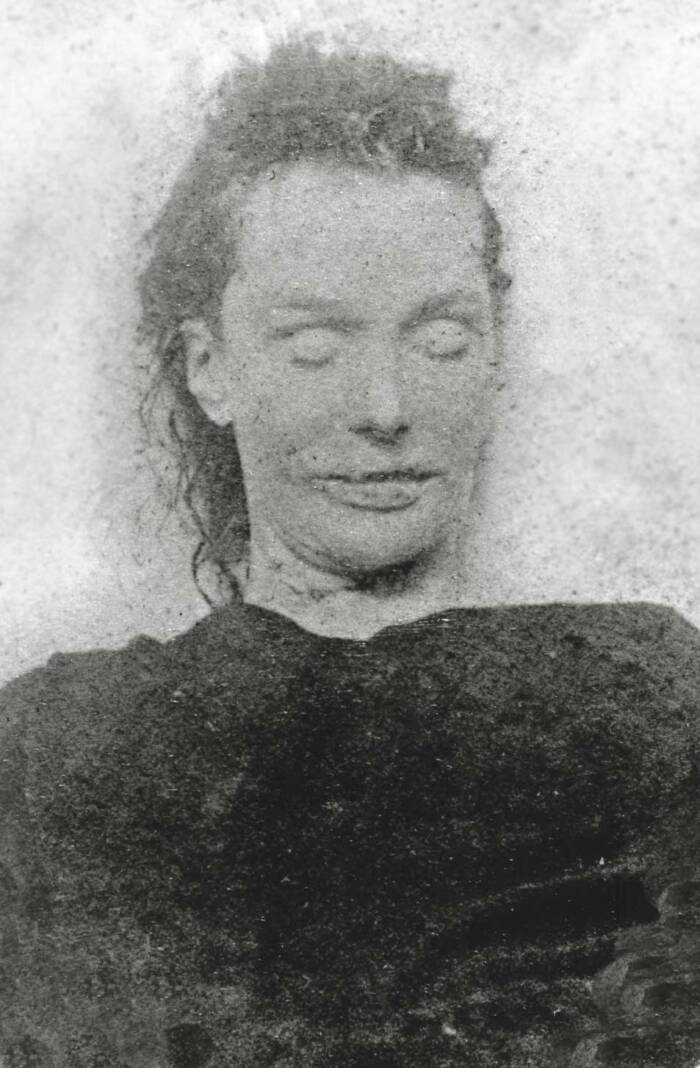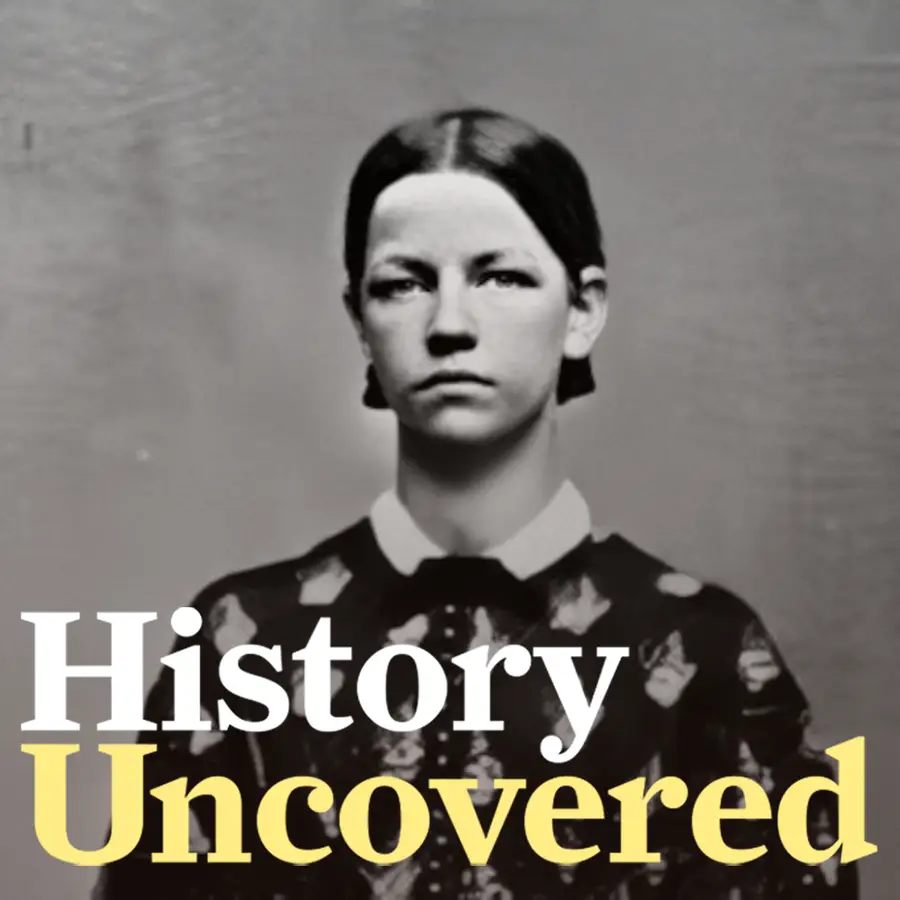The horrors in Whitechapel continue as "Saucy Jack" strikes again — and sends taunting letters to the authorities.
As the summer of 1888 gradually turned to autumn, the growing fear of Jack the Ripper began to reach its peak. Throughout London’s “Autumn of Terror,” the people of Whitechapel were always on the lookout, wary that they might be the Ripper’s next victim.
Unfortunately, the vulnerable women of Whitechapel largely had few opportunities – and fewer funds, if on their own. This included Elizabeth Gustafsdotter, also known as “Long Liz,” a Swedish immigrant who had worked as a domestic servant and sex worker for years before moving to England in 1866, where she eventually met a man named John Stride, who she would marry.
However, the Strides were not in for a long and fruitful marriage. They eventually separated, and Elizabeth Stride found herself on the streets of Whitechapel. Fortunately, she was familiar with how to work the streets, and she once again turned to sex work to get by.
During this time, she was known to tell passersby the story of how her husband and children died in the infamous Thames River steamship accident of 1878 – although, this was a lie, and she had only ever had one stillborn child before her marriage. Meanwhile, John Stride died of tuberculosis in 1884.
Sex work allowed Stride to make ends meet, however, and she spent much of her time living in various men’s apartments, or in lodging houses, including one at 32 Flower and Dean Street – a rather unhygienic place, despite the name. This would also be Stride’s final residence.

Wikimedia CommonsA mortuary photograph of Elizabeth Stride.
She left the lodging house at 7:30 p.m. on September 30, 1888, dressed up for an evening out, likely hoping to earn a few pounds. Later that evening, she was spotted by a man named J. Best.
He saw her talking with a short man, described as having a dark mustache, wearing a “billycock hat, mourning suit, and coat.”
“He was hugging and kissing her,” Best described, “and as he seemed a respectably dressed man, we were rather astonished at the way he was going on at that woman.”
Best heckled Stride and the man, calling out, “Watch out, that’s Leather Apron getting round you!” It was an eerie warning, in hindsight, given Stride’s ultimate fate – Leather Apron referred to a suspect in the Whitechapel murders, one that had even been referenced in a letter penned by Jack the Ripper.
Stride and the gentleman were seen shortly after by a Mr. William Marshall, and later still by Police Constable William Smith, who noticed nothing out of the ordinary, other than a roughly 18-inch-long parcel wrapped in newspaper that the man had been carrying.
Elizabeth Stride was last seen by Israel Schwartz, just after midnight, when a man stopped to speak to her, then pulled her into the street and threw her onto the sidewalk. There was a second man nearby, lighting a cigarette. Fearing trouble, Schwartz ran away.
Elizabeth Stride was never seen alive again.
Listen to part two of History Uncovered’s series on Jack the Ripper here, and listen to part four here.
Learn more about the music used in our podcast. History Uncovered is part of the Airwave Media network. Learn more about your ad choices by visiting megaphone.fm/adchoices.






